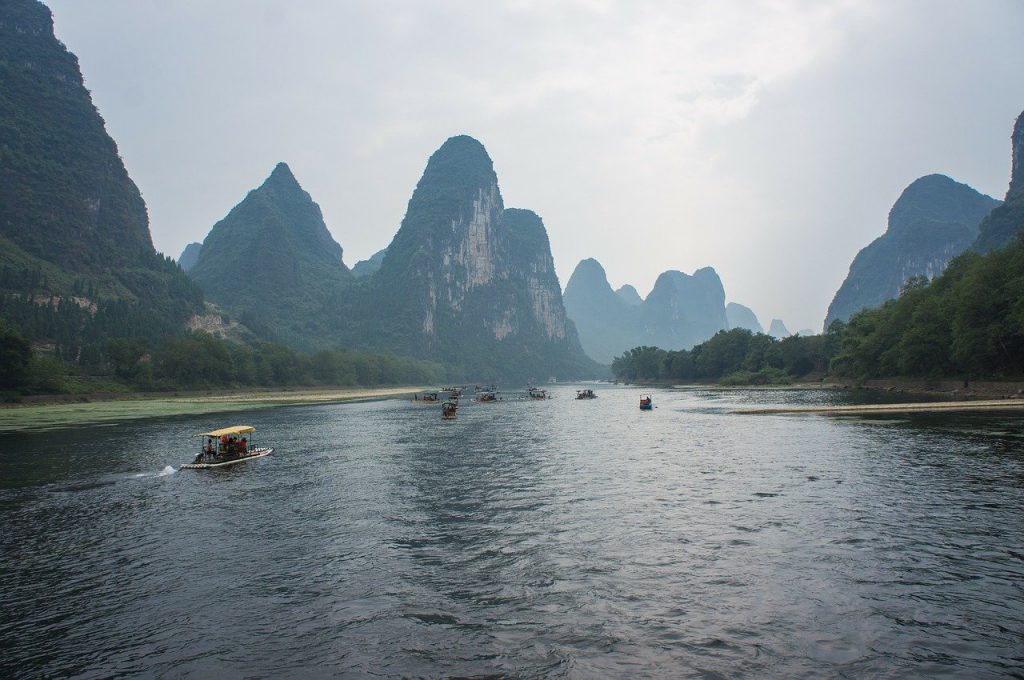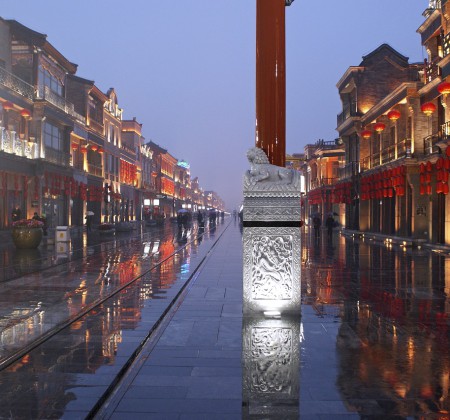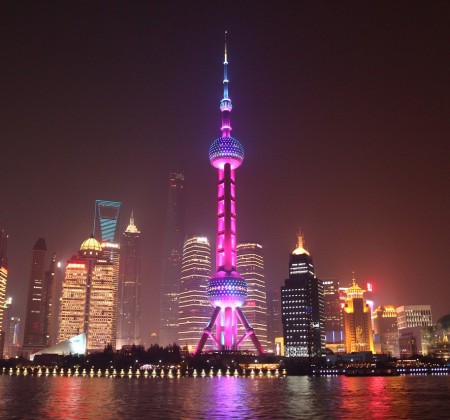Is China Divided Into Provinces States and Regions?
The Constitution of China stipulates that the administrative regions of the people’s Republic of China are as follows:
- a. the country is divided into provinces, autonomous regions and municipalities directly under the Central Government;
- b. provinces and autonomous regions are divided into cities, autonomous prefectures, counties and autonomous counties;
- c. counties and autonomous counties are divided into townships, nationality townships and towns.
- d. Municipalities directly under the Central Government and larger cities are divided into districts and counties. Autonomous prefectures are divided into cities, counties and autonomous counties.
The details are as follows:
- North China: Beijing, Tianjin, Hebei, Shanxi, Inner Mongolia Autonomous region.
- Northeast China: Liaoning Province, Jilin Province, Heilongjiang Province.
- East China: Shanghai, Jiangsu, Zhejiang, Anhui, Fujian, Jiangxi, Shandong.
- Central China: Henan Province, Hubei Province, Hunan Province.
- South China: Guangdong Province, Hainan Province, Guangxi Zhuang Autonomous region.
- Southwest China: Chongqing, Sichuan, Guizhou, Yunnan, Tibet Autonomous region.
- Northwest China: Shaanxi Province, Gansu Province, Qinghai Province, Ningxia Hui Autonomous region, Xinjiang Uygur Autonomous region.
- Hong Kong Special Administrative region, Macao Special Administrative region, Taiwan Province.
- Four municipalities directly under the Central Government: Beijing, Shanghai, Tianjin and Chongqing.
Analysis on the Ranking of the Poorest Provinces in China
Jiangxi
Jiangxi has a superior geographical location, surrounded by Guangdong, Zhejiang, Fujian and other major economic provinces, connecting the Yangtze River Delta economic belt and the Pearl River Delta economic belt. Rich in natural resources, red culture is famous at home and abroad, such as Jinggangshan, Nanchang, Ruijin, Anyuan and other sacred places of the Chinese revolution.
However, Jiangxi is mountainous, with Nanling in the south, Jinggang Mountain in the west and Wuyi Mountain in the east. Only the Poyang Lake Plain in the north is relatively flat, so the traffic is relatively inconvenient, resulting in landslides and other problems. Due to the radiation of the two super economic belts in the Yangtze River Delta and the Pearl River Delta, the brain drain is serious and it has become a province that exports labor.
As a provincial capital city, Nanchang’s ability to radiate and drive the economy is too weak, which leads to Jiangxi having no advantage in attracting investment and striving for national policies.
Anhui
Anhui has a long history and is an important birthplace of Chinese prehistoric civilization, with four cultural circles: Huaihe Culture, Luzhou Culture, Wanjiang Culture and Huizhou Culture. The Yangtze River Delta urban agglomeration, which is composed of Jiangsu, Shanghai and Zhejiang, is one of the six world-class urban agglomerations in the world.
Also because of the superior geographical location, Shanghai, Nanjing, Hangzhou and other cities form a huge siphon effect, brain drain is serious, in fact, the income of Anhui people is not poor. Anhui is divided into three regions with different cultures by the Huaihe River and the Yangtze River, resulting in vicious competition among cities in the region, repeated construction, and even internal friction with each other. Anhui’s resources are concentrated in Hefei, the provincial capital, which accounts for 1/4 of Anhui’s GDP.
Xinjiang
Xinjiang Uygur Autonomous region is one of the five ethnic minority autonomous regions in China, and it is also the provincial administrative unit with the largest land area, accounting for 1/6 of the total land area. it is rich in natural resources, unique scenery, rich tourism resources and cultural diversity. under the large-scale development of the western region and the policy of “Belt and Road Initiative”, it has a very great development prospect.
Xinjiang is a vast and sparsely populated region with many deserts, which is one of the biggest problems in Xinjiang’s economic development. Xinjiang has “three mountains sandwiched with two basins”: Altai Mountains, Tianshan Mountains, Kunlun Mountains, Zhungeer Basin and Tarim Basin. The development of tourism characteristics such as culture, food, customs, ethnic groups, scenery and so on is too weak. It can’t even be compared with neighboring countries. Xinjiang is bordered by Kazakhstan and other Central Asian countries as well as Russia.
Bilateral trade should not be restricted but should be vigorously opened up. It is believed that under the guidance of policies and the rich resources of Xinjiang itself, there are broad prospects for development.
Tibet
Tibet is located in the southwest of the Qinghai-Tibet Plateau, with an average elevation of more than 4000 meters, known as the “roof of the world”, accounting for about 1 / 8 of the total area of the country. Tibet is famous for its magnificent, magical and magnificent natural scenery civilization. It has a vast territory, spectacular landform, rich resources and splendid national culture.
Due to the limitation of geographical location, high altitude and small population base, Tibet’s total economic output is the lowest in the country, but its economic growth rate is relatively fast. Tibet is undoubtedly one of the most distinctive provincial administrative units in China. Although tourism resources have been greatly developed after the opening of the Tibet railway, the intensity of development and the utilization of Tibetan characteristics need to be further improved. The state has been increasing its policy support to Tibet in recent years, and it is believed that Tibet’s per capita GDP will further increase.
Shanxi
Shanxi, named after the west of the Taihang Mountains, also known as Sanjin, is one of the birthplaces of the Chinese nation, known as the “cradle of Chinese civilization”, known as the “Museum of Ancient Chinese Culture”. Shanxi has 452 national key cultural relics protection units, ranking first in the country. Shanxi is also an old revolutionary base, with revolutionary activity sites and revolutionary cultural relics all over the province.
Shanxi is a typical mountain plateau with extensive coverage of loess. Serious environmental pollution and small population are all the reasons for the backward economic development of Shanxi, and the support for science and technology industry needs to be strengthened. In addition, Shanxi also has a common fault of the northern economic model, relying on traditional heavy industry and poor economic vitality. As far as Shanxi is concerned, the most important thing at present is to improve the economic environment and economic vitality in the province, and improve the economic system in the province, so as to form competitiveness.
Guizhou
Guizhou, located in the hinterland of the southwest, is not only an important transportation hub in southwest China, but also a world-famous mountain tourism destination and a major province of mountain tourism, and the first provincial big data comprehensive experimental area in the country. Guizhou is also one of the birthplaces of ancient humans, and there are many ancient human fossils and ancient relics found in culture.
There are many topographical and mountainous areas in Guizhou, although it is an important transportation hub, the traffic in the province is not very developed, which forms a great resistance to attracting investment. Guizhou’s rainy climate is also one of the factors disadvantageous to economic development. In addition, the regional economic ties and closeness in Guizhou province need to be strengthened, and the tourism industry needs to further open up the upstream and downstream to form an industrial chain and competitiveness. In addition, there is not enough pillar industry support to promote economic vitality and employment, which is one of the reasons why Guizhou’s current economy needs to be improved.
Guangxi

Guangxi Zhuang Autonomous region, with its unique beauty, adjacent to Vietnam and Southeast Asia, is the birthplace of Gui Liu culture and Lingnan civilization, and the most convenient passage to the sea in southwest China. Guangxi has formed an economic growth pole led by the Beibu Gulf urban agglomeration and supported by the Pearl River-Xijiang Economic Belt and the construction of Guilin international tourist resorts.
Guangxi is adjacent to the Pearl River Delta economic belt, but there is not much industrial transfer in the Pearl River Delta, more population loss. The scenery is beautiful and the tourism resources are very rich, but the transportation is underdeveloped and the service facilities need to be strengthened. In addition, the advantages of Guangxi Beibu Gulf and the geographical advantages of adjacent Southeast Asia have not been brought into full play. Of course, with the national policy of developing Beibu Gulf to support and promote the exchange of economic development between Guangxi and Southeast Asia, Guangxi will further enhance its location advantages in the future to undertake the central and western regions and Southeast Asia.
Heilongjiang Province
Heilongjiang is the northernmost province with the highest latitude in China. Across the river from Russia, Heilongjiang is located in the hinterland of Northeast Asia. It is an important road from Asia and the Pacific to Russia and the European continent.
The problem of population loss in Heilongjiang and the three eastern provinces has been paid great attention, and the population base is the guarantee of economic vitality and development. The three eastern provinces represented by Heilongjiang are famous heavy industry bases in China, but with the development of the times, the ability of industrial renewal and scientific and technological upgrading lags behind, the development of private economy is slow, and there is a lack of policy support and guidance. basically enhance the low level of the private economy in the market, and strengthen industrial renewal and progress, especially the emerging technologies represented by big data and intelligence.
Yunnan
Yunnan, which is an inland area at low latitudes and borders with Myanmar, Laos and Vietnam, is China’s window to Southeast Asia and East Asia. Yunnan is also an important birthplace of human civilization. Yuanmou people 1.7 million years ago were the earliest human beings discovered in China and Asia. The number of animal and plant species in Yunnan is the highest in the country, which is known as the “animal and plant kingdom”.
Yunnan borders with Myanmar, Laos, Vietnam and other countries, the development of economy and trade is limited, and it is more likely to bring regional security problems, which has become one of the most unfavorable reasons for attracting investment in Yunnan. Yunnan is rich in tourism resources and pleasant climate, which is very beneficial to tourism, attracting investment and developing industries. To create a good security environment and economic development ideas in the province and strengthen economic exchanges with neighboring countries and provinces instead of fighting alone is one of the breakthroughs in Yunnan’s economic development.
Gansu
Located in northwest China, Gansu is the confluence of the Loess Plateau, the Qinghai-Tibet Plateau and the Inner Mongolia Plateau. With a diverse climate and a history spanning 8,000 years, Gansu is the birthplace of Fuxi, Nu WA and the Yellow Emperor, the first ancestors of the Chinese nation.
Administrative Division of China
Provincial administrative regions: 23 provinces, 5 autonomous regions, 4 municipalities directly under the Central Government, 2 special administrative regions, a total of 34 provincial administrative regions.
Prefecture-level administrative regions: 293 prefecture-level cities, 7 regions, 30 autonomous prefectures and 3 leagues, with a total of 333 prefecture-level divisions.
County-level administrative regions: 965 municipal districts, 387county-level cities, 1323 counties, 117 autonomous counties, 49 banners, 3 autonomous banners, 1 special zone and 1 forest region, totaling 2846 county-level divisions.
Township-level administrative regions: 8516 streets, 20975 towns, 8122 townships, 8122 ethnic townships, 153 sumu, 1 ethnic sumu, 1 county district, a total of 38734 township-level divisions.








